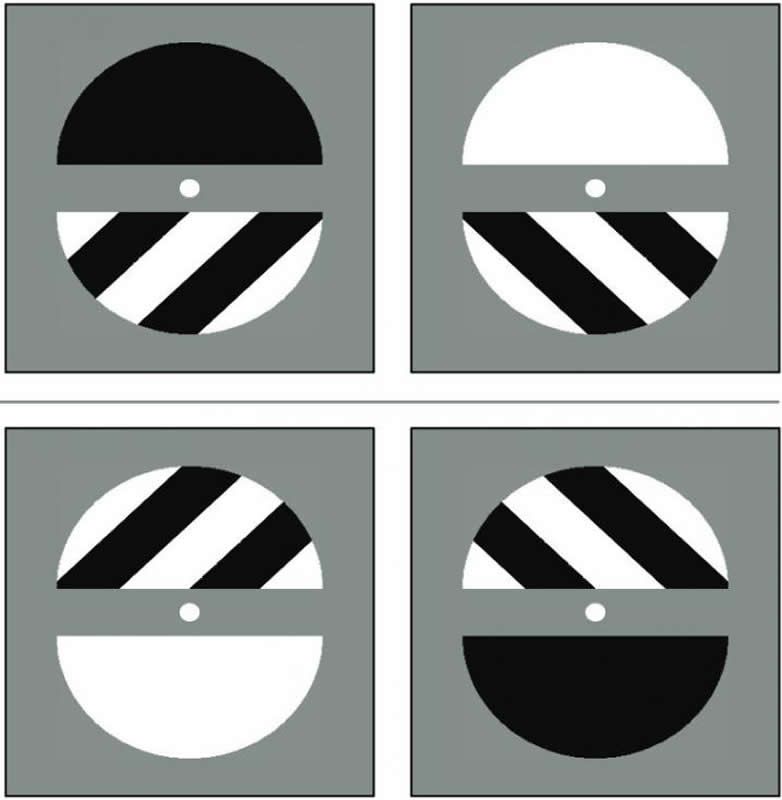While scanning the skies, humanity has identified thousands of exoplanets orbiting distant stars. However, very few of them are at all similar to Earth. Now, the Max Planck Institute for Solar System Research in Göttingen reports a newly discovered exoplanet could be a “mirror image” of our own.
We currently lack the technology to directly image exoplanets, so we can only infer their presence via two methods. Astronomers either look for small wobbles in a star’s rotation caused by the gravity of planets or drops in brightness from our perspective on Earth, which indicates a planet has transited the star. Kepler used the latter method to identify more than 2,600 exoplanets, and that number will probably continue to rise. Teams like the one from the Max Planck Institute are still combing through the luminance data gathered by Kepler to uncover new exoplanets. That’s how they found the very Earth-like candidate exoplanet KOI-456.04.
If it exists, KOI-456.04 orbits a sun-like star called Kepler-160 about 3,000 light-years away from Earth. Previous analysis of Kepler-160 revealed two large exoplanets — these gas giants are much easier to spot in the background noise, so many of the worlds we’ve discovered are very unlike Earth. One of those planets, Kepler-160c, showed small perturbations in its orbit that could indicate another planet, so the Max Planck Institute set out to find it.






